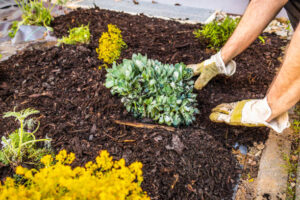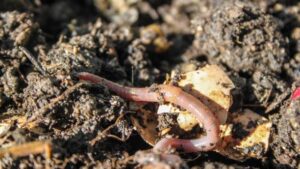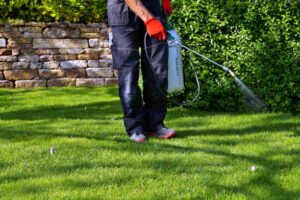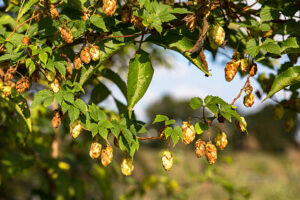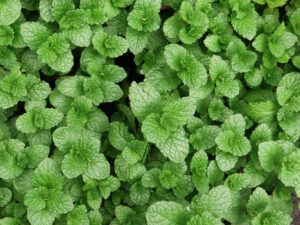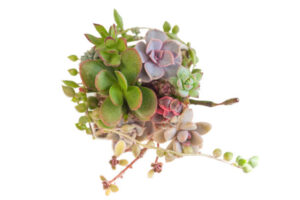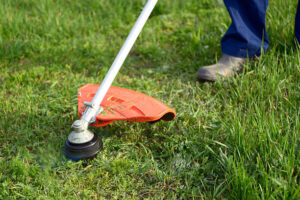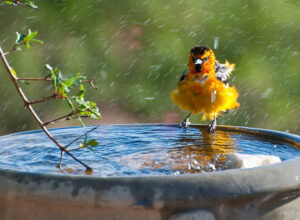Dealing with Damping Off in Your Garden
Introduction
Gardening is a rewarding endeavor, but like any pursuit, it comes with its share of challenges. One common setback that gardeners often encounter, especially with young seedlings, is damping off. This fungal disease can quickly undermine the health of your plants, making it essential to understand its causes, recognize its symptoms, and implement effective strategies for prevention and control. In this exploration, we delve into the world of damping off, offering insights and practical tips to help you safeguard your garden and nurture robust, resilient plants.
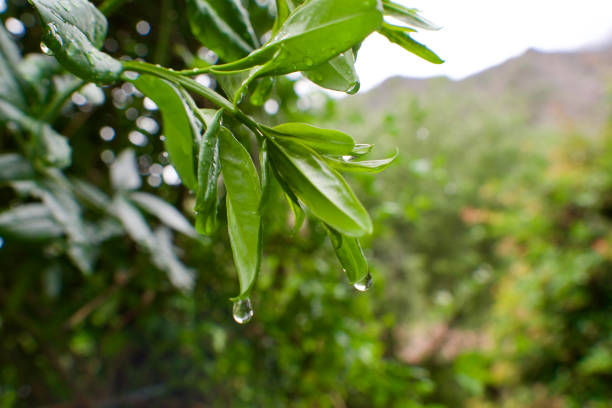
Understanding Damping Off
Damping off is a term encompassing various fungal diseases that affect seeds and seedlings. It typically occurs in the early stages of plant growth, leading to the sudden collapse of young seedlings. The fungi responsible for damping off thrive in damp, cool conditions, making them particularly challenging in the germination and early growth phases.
Causes of Damping Off
1. Overwatering
Excessive moisture creates an environment conducive to fungal growth. Poor drainage or consistently wet soil can contribute to damping off.
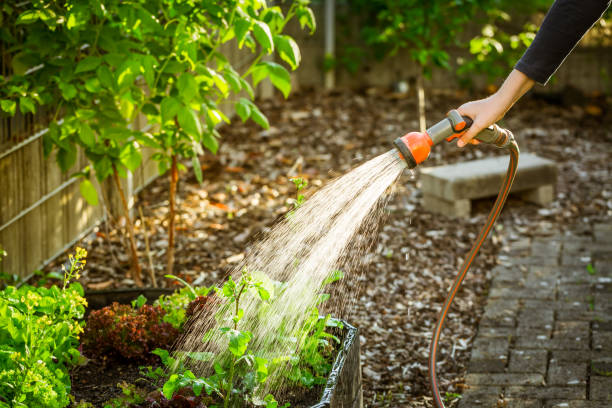
2. Poor Air Circulation
Stagnant air around seedlings can increase humidity levels, promoting fungal development. This is especially relevant in indoor or greenhouse settings.

3. Contaminated Soil or Tools
Fungal spores can linger in soil, pots, or gardening tools. Using contaminated materials can introduce the pathogens to your garden.
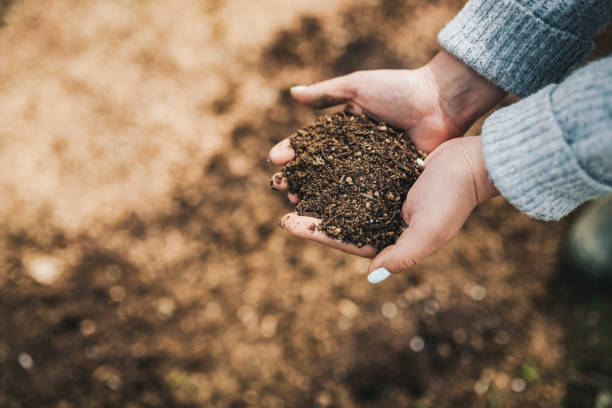
4. High Plant Density
Overcrowded seedlings can impede air circulation and create an environment where fungal diseases can easily spread.

Controlling Damping Off
1. Remove Affected Plants:
If damping off occurs, promptly remove and dispose of infected seedlings to prevent the spread of the fungus to healthy plants.
2. Apply Fungicides
Consider using fungicides labeled for damping off control. Copper-based or organic fungicides can be effective if applied according to the product’s instructions.
3. Adjust Growing Conditions
If growing indoors, increase air circulation and reduce humidity levels. Ensure that plants receive adequate light to promote strong, resilient growth.
Conclusion
Damping off can pose a challenge to gardeners, but with a proactive approach and strategic interventions, you can minimize its impact and create a healthier, more resilient garden. By understanding the causes, recognizing symptoms, and implementing preventive and control measures, you empower yourself to navigate the complexities of damping off and nurture thriving plants. Let your garden flourish, free from the constraints of this common fungal adversary. Happy gardening!



